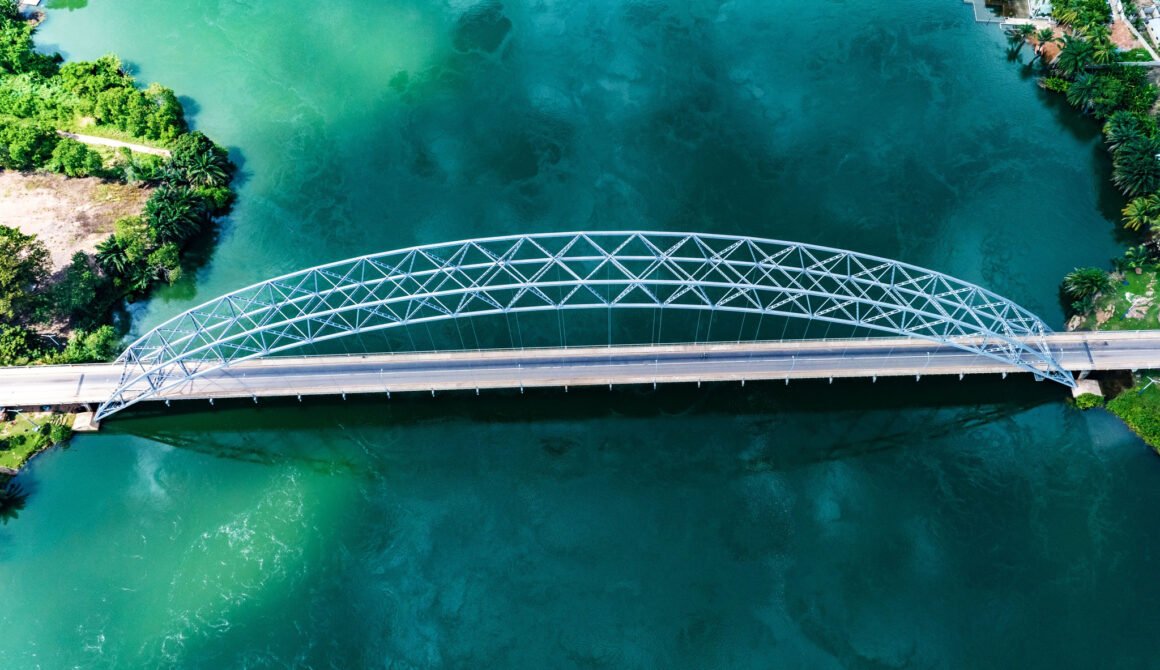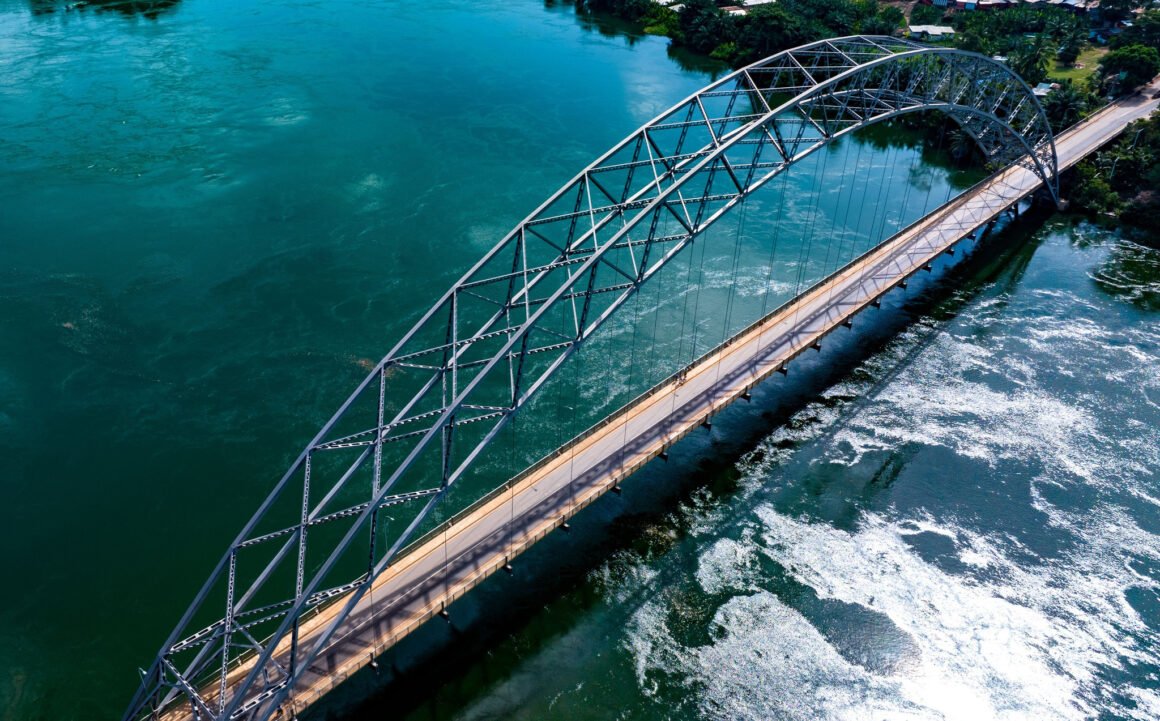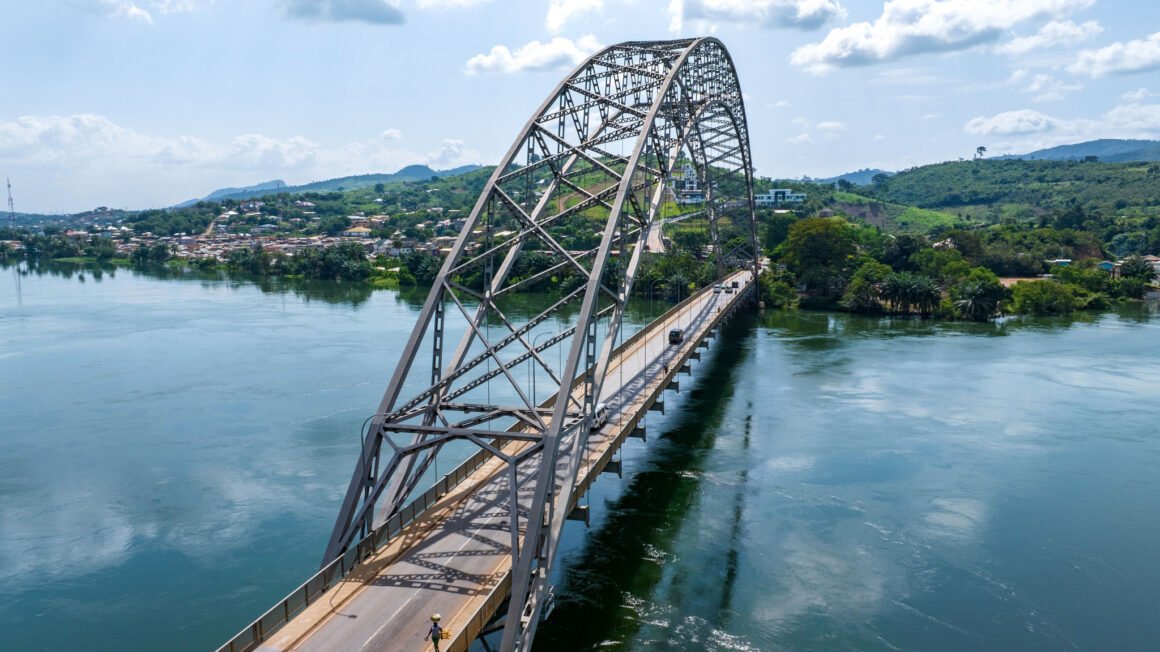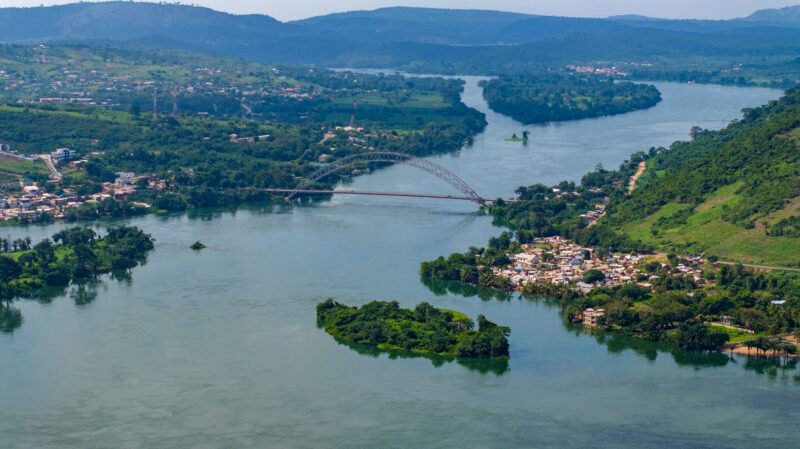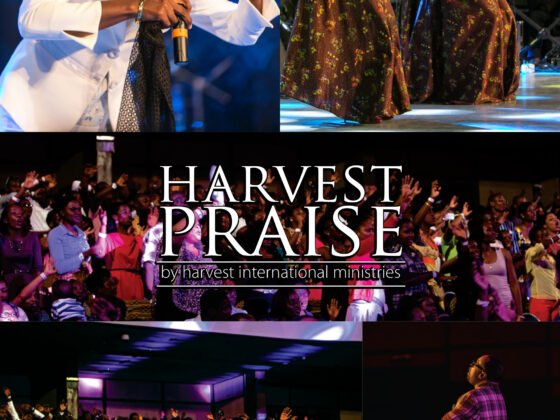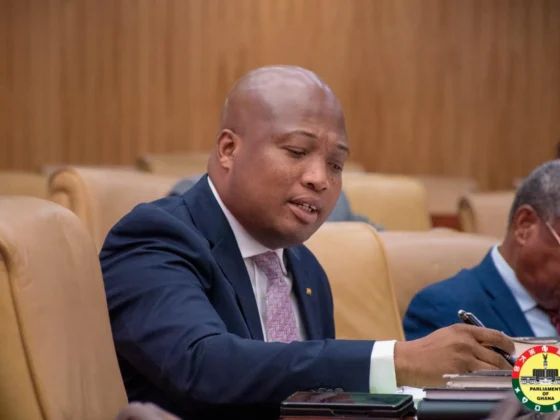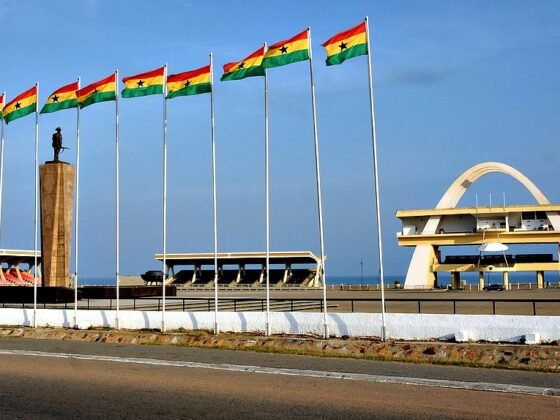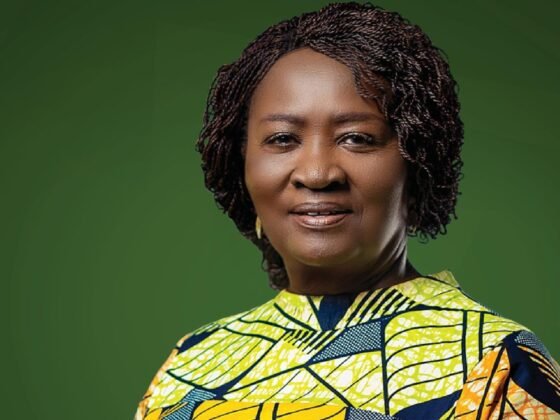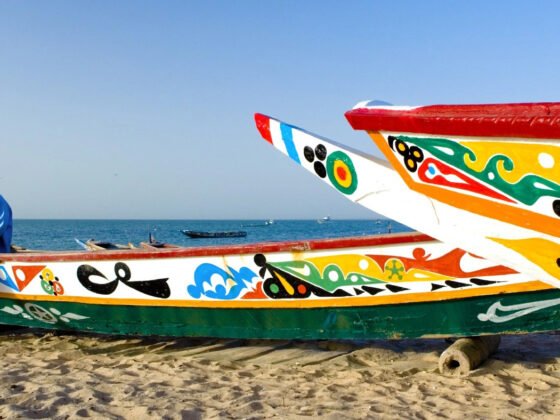By Gabriel Obodal Torgbor-Asho, Pictures: Ebenezer Kwelkuma Qua
WHERE DO YOU LIVE?
Small London is a small community that easily comes into sight from below, right after crossing the Adome Bridge from Alimpoku in the Eastern region. The village is sandwiched between the Volta River and the Akwamu Hills. One can have a pleasant feel of nature here, with cozy weather, uninhabited islands, and hills covered with vegetation, along with fishing expeditions among other activities.
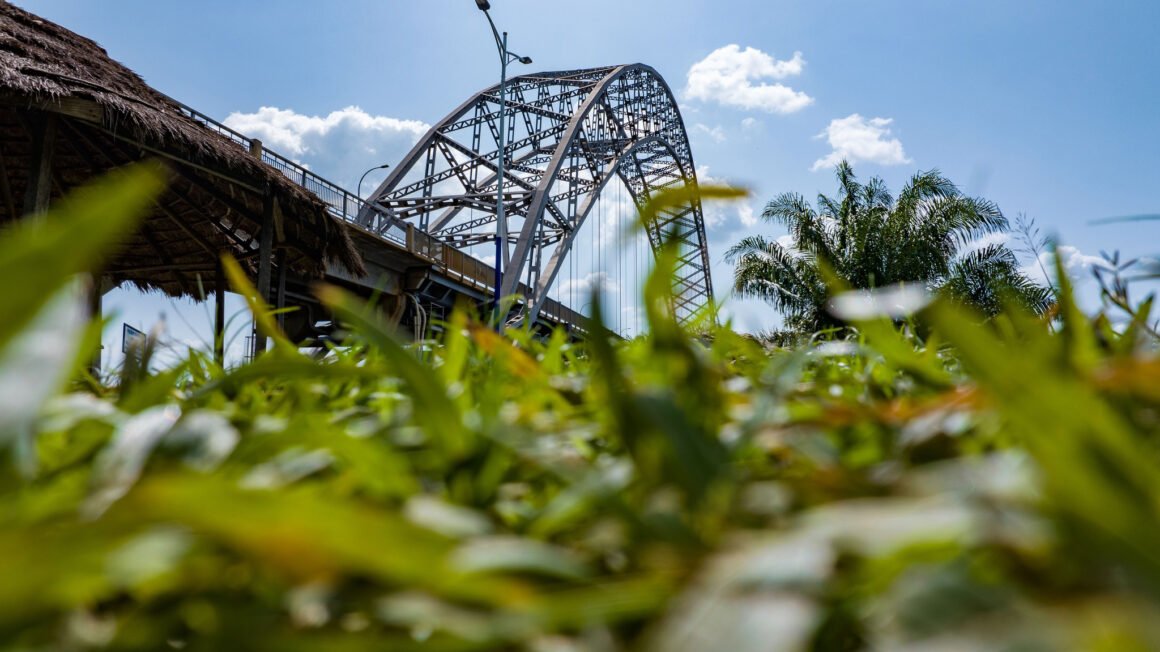
Settlers of this community, about one thousand, are mostly not Ewes. They immigrated from Bakoa near Adidome in the Volta region in the 1950s. Buildings in the community are mostly made from mud, and due to the lack of a proper layout system, structures are randomly situated close to each other, which is typical of many Ghanaian villages.
THE NAME SMALL LONDON
Small London forms part of an area called Adome, with neighboring communities like “Mame-Water,” “Zion City,” and “Quarters.” The name is said to have been coined by the headman of the village, John Kofi Ahatse. According to Ahatse, the name came spontaneously, and he could not readily provide what might have prompted it. However, a tour through the community gives a few pointers that perhaps the name must have been inspired by London City in the United Kingdom.
London (UK) has the River Thames, the London Bridge, and other sceneries that attract numerous tourists from diverse backgrounds. Interestingly, Small London also boasts the Volta River and the Adome Bridge as corresponding resources holding virtually the same significance as those in London (UK). It is common to find travelers cruising on the Volta River when in the community, just as one would find in London City (UK).
PRE-SMALL LONDON
The land on which the current settlers live was once an ancient iron-working site for people of pre-colonial Ghana. An excavation on the site by researchers from the University of Ghana’s Archaeology Department revealed special artifacts such as iron slag, pieces of iron, tuyere fragments, pottery, and lithics produced by the precursor people of Small London.
The area largely remained fallow during colonial times until the 1950s when the Ahatse family first arrived and settled. Others later joined to create what has now become known as Small London. Today, just a little digging on the land could reveal some of the centuries-old artifacts. Small London, indeed, holds in stock rich historical antecedents of Ghana, just as London City does in the affairs of the UK.
ECONOMIC ACTIVITY
The source of livelihood in Small London largely depends on the Volta River. Men in the community mostly engage in fishing and farming. When not in the field, the fishermen take time to mend
